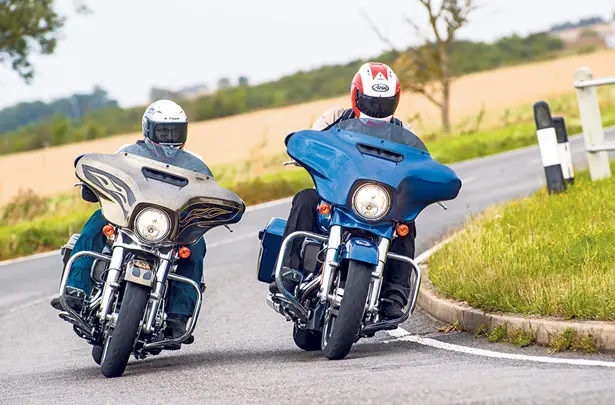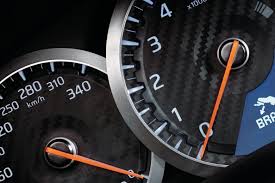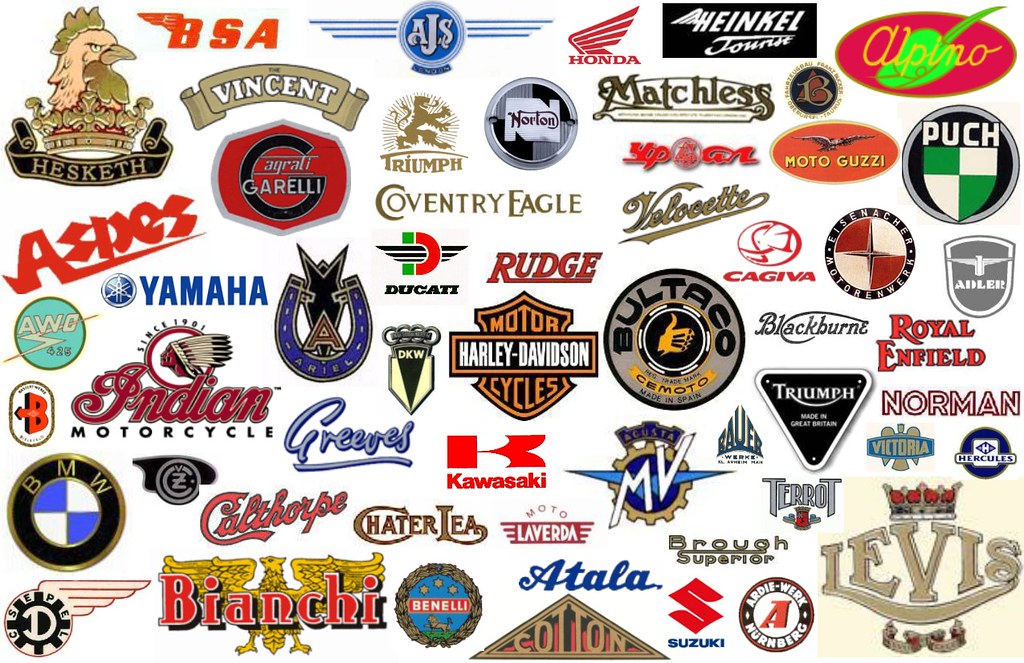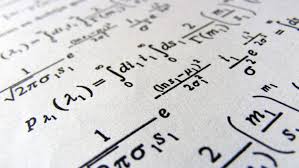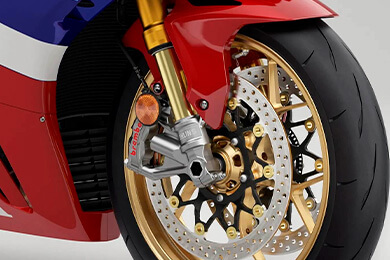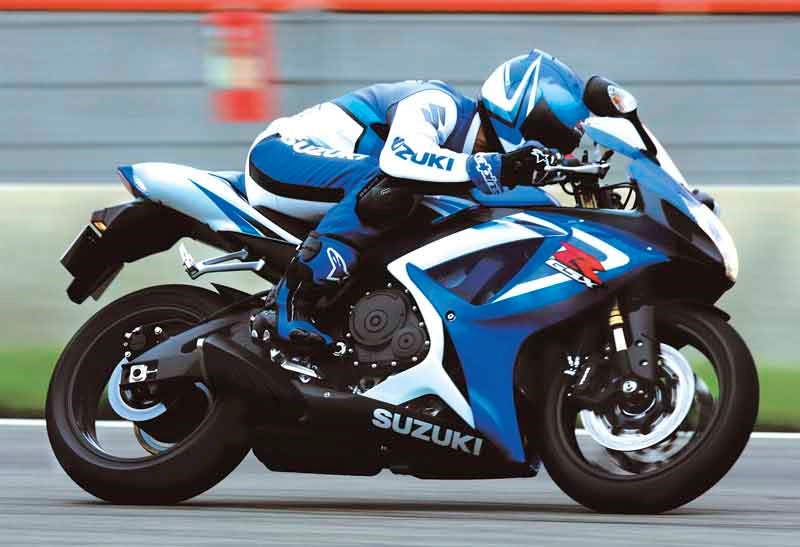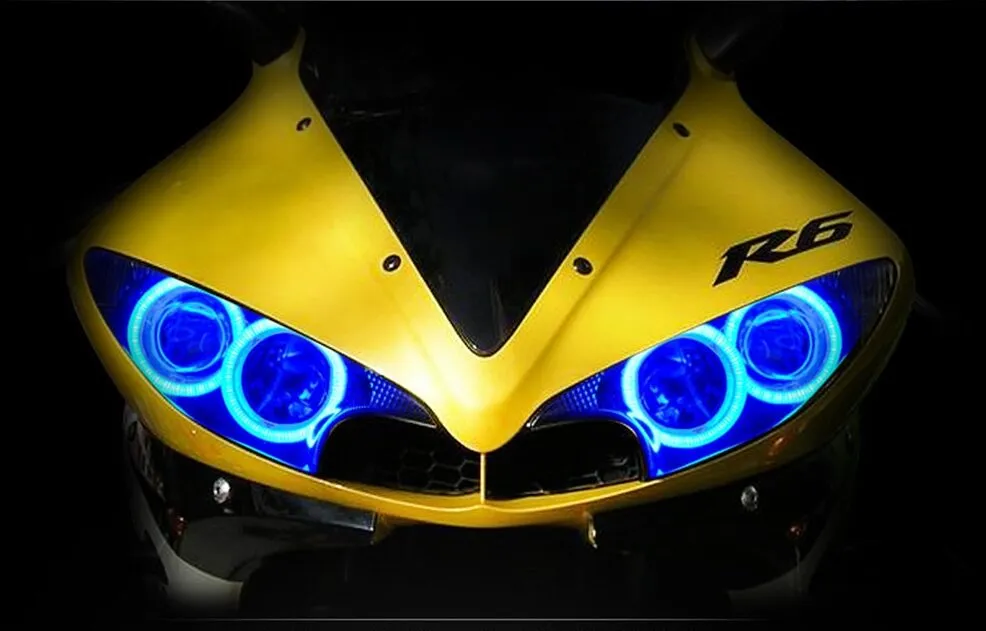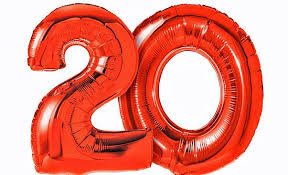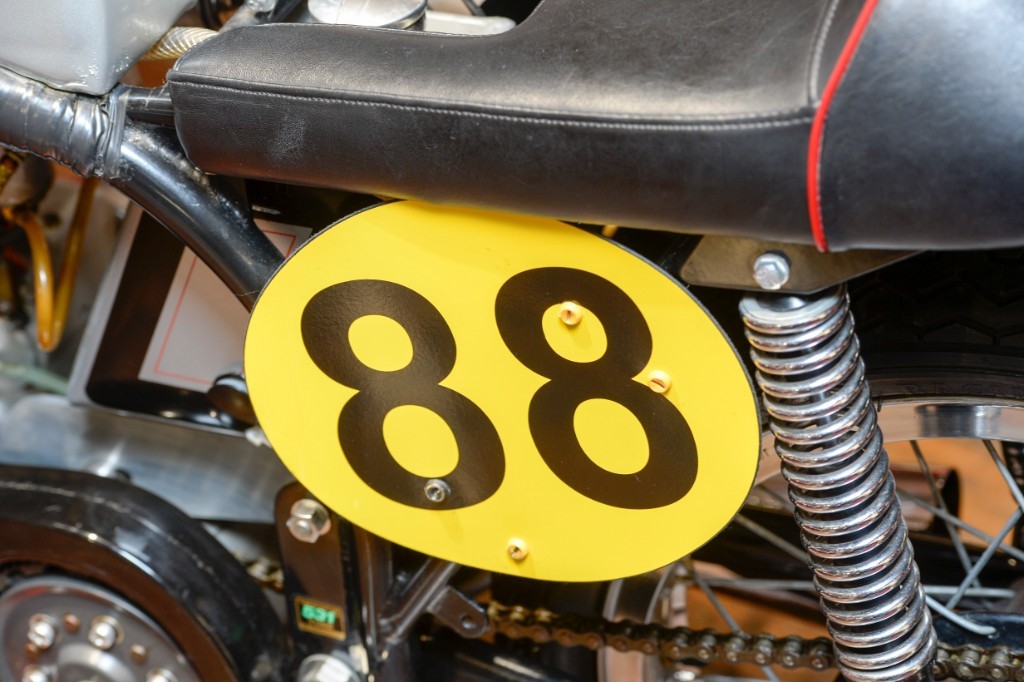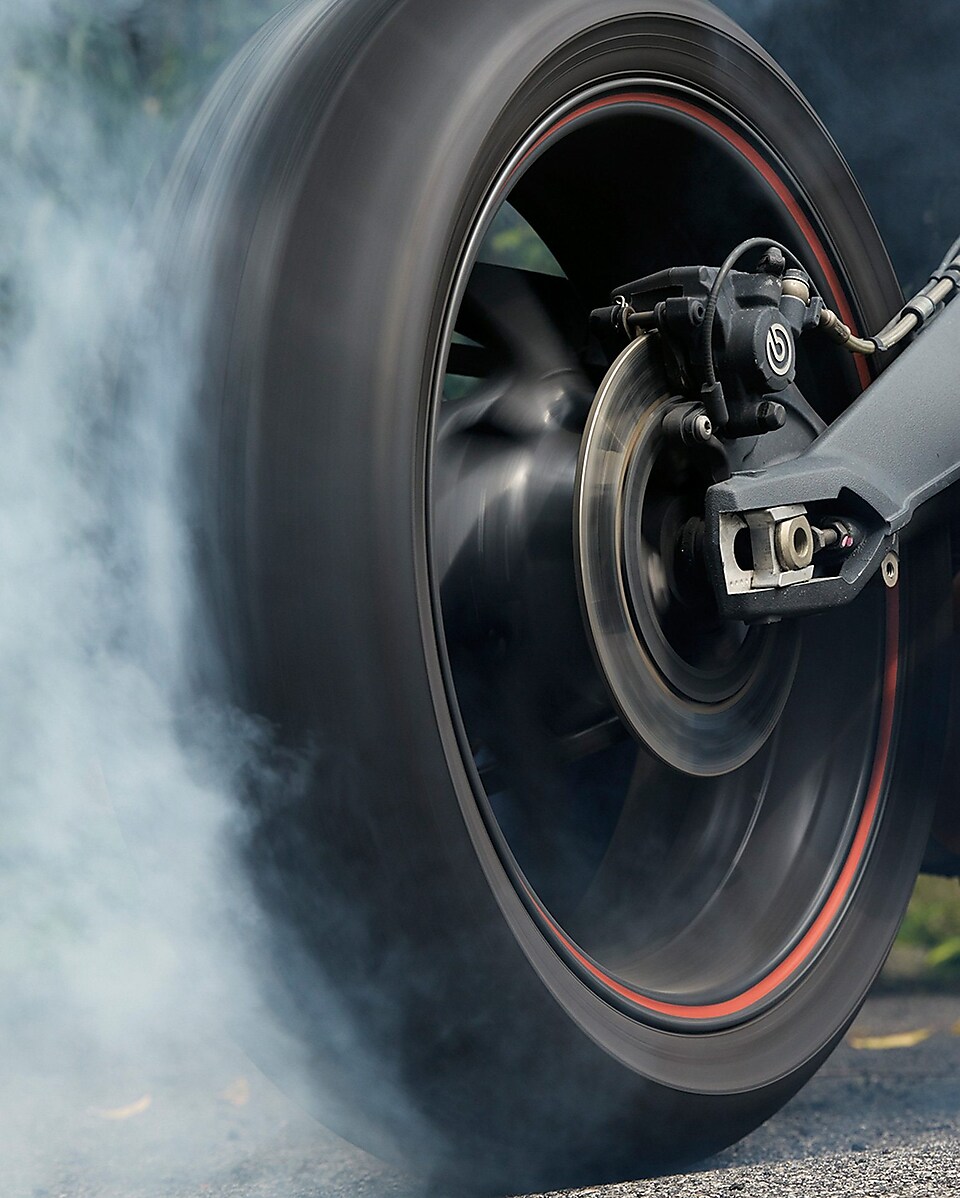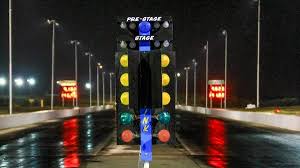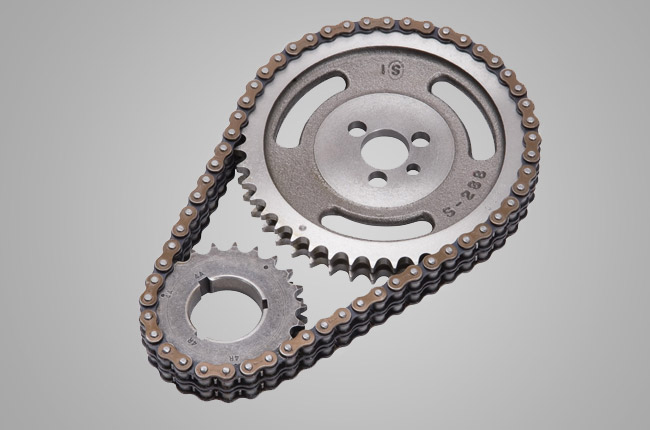


This edition of the Suzuki GSX-R 250 DOHC is the 6 speed | Manual version and was first brought out in 1987. This was at around the same time as the introduction of the 1988 Suzuki TV 250 Wolf and the 1988 Suzuki RH 250 X.This particular Suzuki GSX-R 250 has a 248cc Liquid cooled, Two stroke, Transverse Petrol powerplant with 4 cylinders and Carburettor.
The 1987 GSX-R 250 shares its Transverse engine and Sport style configuration with the likes of the 2020 Norton Superlight SS and the 2019 Norton Superlight Twin. Alternatively, if you're looking for other bikes which share the GSX-R 250's Sport style with a similar size of engine then how about the 1992 Kawasaki KR 1 S | 1992cc.1991 Kawasaki KR 1 S | 1991cc.
Weighing in at 0 kgs (0 lbs) this makes the Suzuki GSX-R 250 DOHC in the same weight category as the 2025 Yamaha Tracer 9 GT or the 2025 Yamaha Tracer 9 GT+, give or take 50kg.
In terms of power the 248cc 16 valve Transverse 4 cylinder engine produces 45 bhp (33 kW) @ 14000 rpm similar to the 2025 Yamaha WR 250 F [36.1 bhp (26 kW) @ 12000 rpm] or the 2025 Honda X-ADV 745 [57.8 bhp (43 kW) @ 6750 rpm].
The DOHC Two stroke unit throws out torque of 17.7 lb-ft (23.9 Nm) @ 10500 rpm placing it alongside motorbikes of similar performance figures such as the 2025 Honda MSX 125 Grom [7.6 lb-ft (10.4 Nm) @ 5500 rpm] and the 2025 Yamaha WR 250 F [17.8 lb-ft (24.2 Nm) @ 8100 rpm].
If one combines the weight with power or torque performance for the Suzuki GSX-R 250 you can get a better idea of it's real world performance.
The 1987 Suzuki GSX-R 250 DOHC has a Power to weight ratio of 284.8 bhp per ton and 112.0 lb-ft per ton. Bhp Per Ton figures of the 1987 GSX-R 250 competing with the 1987 Norton Classic Rotary [309.8 bhp\ton] and the 1984 Kawasaki Z 550 GP [309.5 bhp\ton].
If you agree with the late great Carroll Shelby, then arguably an even better indicator of potential performance is Torque. Factor weight into the equation and you end up with - Torque per ton, with the Suzuki GSX-R 250 generating around 112.0 lb-ft per ton. If you're curious as to what other motorbikes have as much torque to weight then look no further than the 2011 Kawasaki KLX 250 S Single Cylinder [137.0 lb-ft per ton] and the 2017 Kawasaki KLX 250 S Single Cylinder [137.0 lb-ft per ton].
With a 0-60mph time of 13.0 secs or a 0-100km/h (0-62mph) of 13.3 secs, this makes the Suzuki GSX-R 250 DOHC similar in acceleration to the 2016 Yamaha Star Raider 1900 (13.0 secs) and the 2016 Yamaha XV 1900 Raider S (13.0 secs). This Suzuki GSX-R 250 DOHC also competes in terms of 0-60 mph and 0-100km/h with the 2018 Honda CB 250 R Neo Sports Cafe (0.0 secs) and the 2020 Norton Superlight SS (0.4 secs).
![Honda CB 750 cc - [2007] image Honda CB 750 cc - [2007] image](/editionimages/b/default.jpg)
Quarter Mile time is a close race between the 1987 Suzuki GSX-R 250 DOHC and the 2007 Honda CB 750 cc
When talking about the performance of the 1987 Suzuki GSX-R 250 DOHC on the drag strip it can reach a quarter mile in an estimated 0 secs @ 0 mph. Bikes with a similar performance down the quarter mile can be found in the 2007 Honda CB 750 cc (0 secs) and the 1969 Norton P11 650 (0 secs).
The 1987 version of the Suzuki GSX-R 250 DOHC has a maximum speed of 112mph.
If maxing out your bike on the AutoBahn is your thing and you're wondering what's faster at the top end than the 1987 Suzuki GSX-R 250 DOHC then how about a 2009 Suzuki GSF 650 N Bandit (123 mph) and the 2007 Suzuki GSF 650 N Bandit (123 mph).


Kawasaki Ninja H2 1000 SX-SE Supercharged
Engine Capacity: 998cc
Top Speed: 186 mph
Power: 197.3 bhp




